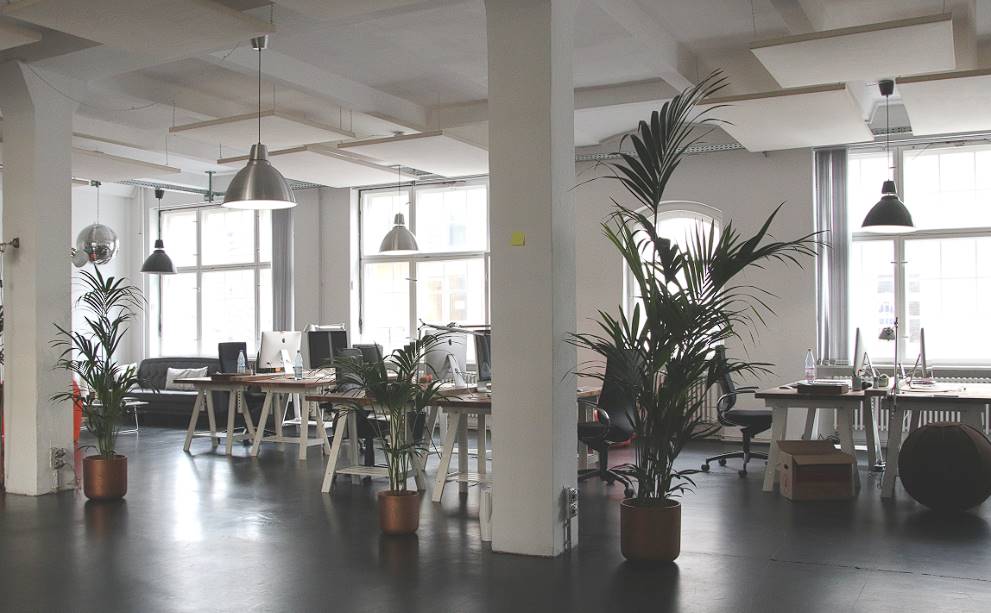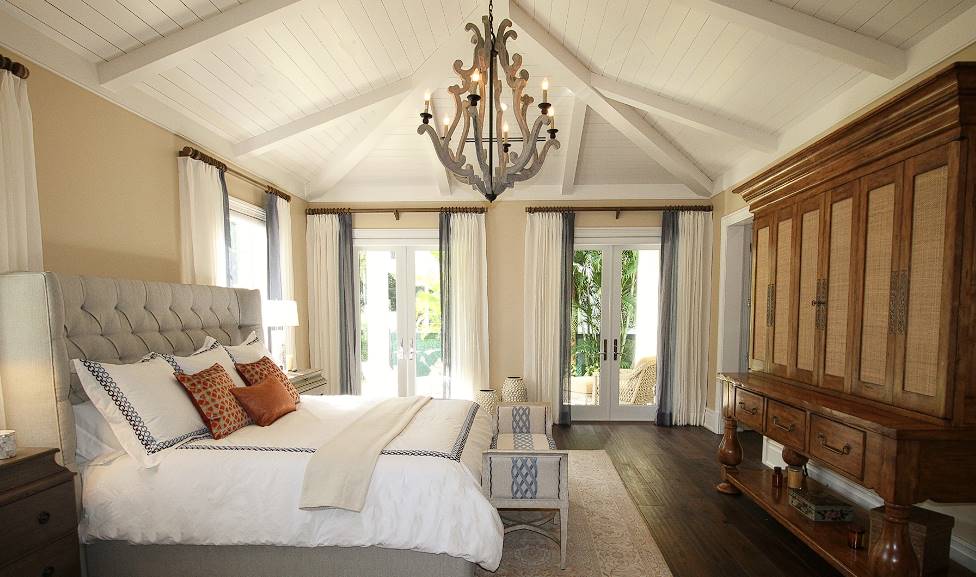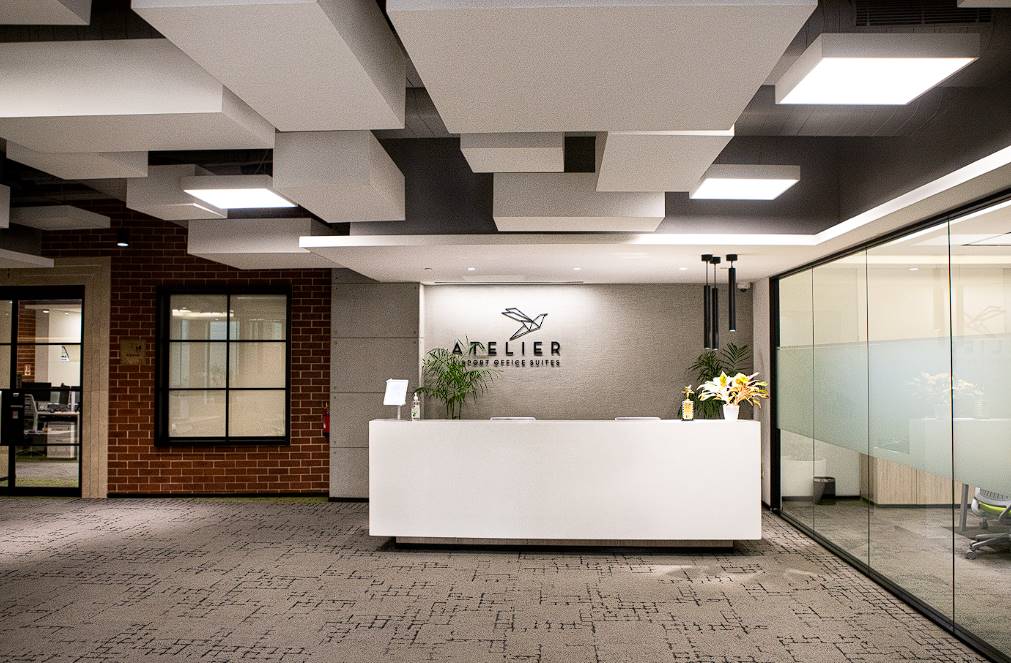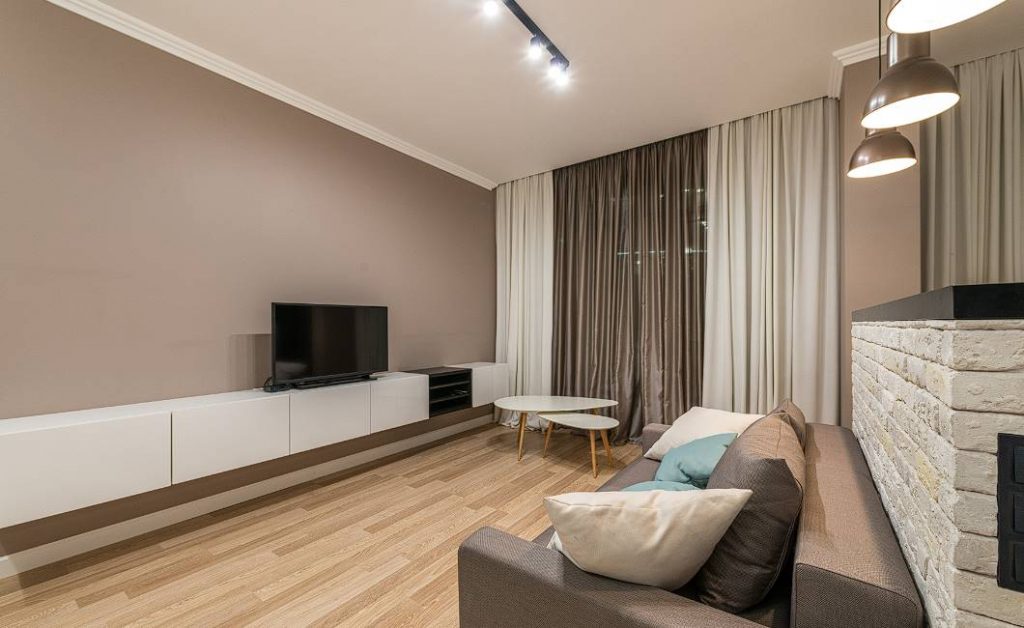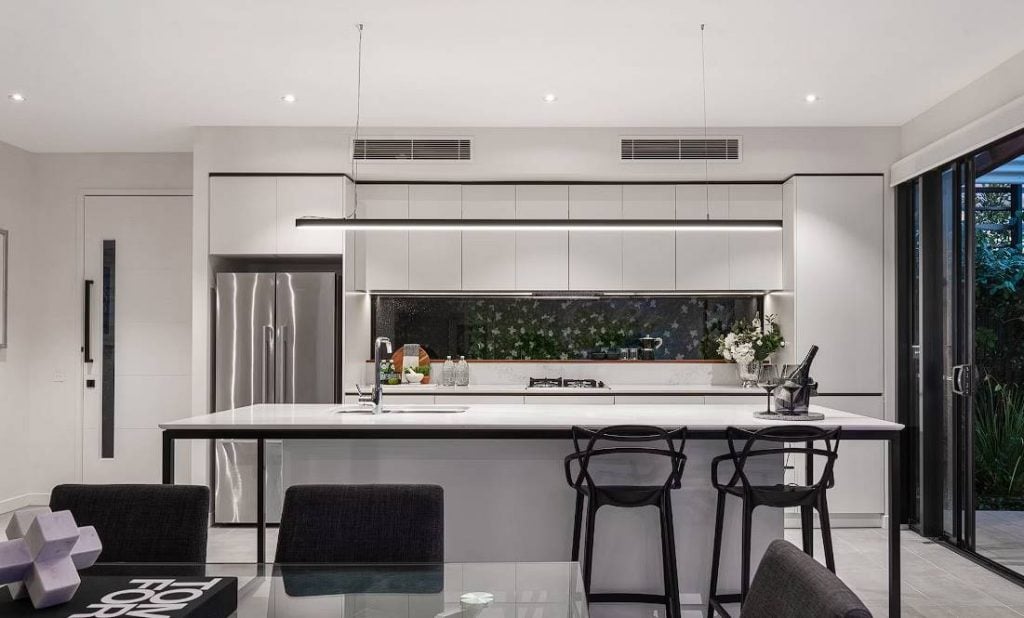Have you ever considered how drastically altering a room's ceiling might affect its overall appearance? Drop ceilings, or suspended ceilings, have grown in favour in both homes and businesses due to their many useful features. Suspended ceilings are a good investment for several reasons, including their aesthetic value and practical benefits. In this piece, we'll take a closer look at suspended ceilings and how they can improve the quality of your indoor environment.
The various advantages of suspended ceilings have made them the material of choice for many decorators. These ceilings offer many benefits due to their adaptability and convenience. Maintenance and repairs on the electrical wiring, plumbing, and air conditioning systems are simplified by their accessibility. Suspended ceilings are also great for reducing noise pollution and enhancing the acoustics of a room. Their modular construction also makes adding features like fans, lights, and outlets easy to suit your needs and personalise the room.
However, these benefits only scratch what suspended ceilings can do for a building. Read this blog post to explore the topic of suspended ceilings to discover how they can improve the look, usefulness, and overall value of your space. Here at Plastering Services Melbourne, we will also use the knowledge of well-known interior designers who have worked extensively with suspended ceilings to convert various types of spaces. It's time to learn how suspended ceilings may completely alter space and reveal its hidden potential.
How Important Is Suspended Ceiling?
A suspended ceiling, often called a dropped ceiling or false ceiling, serves a significant purpose in many different types of structures, including places of business, educational institutions, medical facilities, and private homes. There are several crucial reasons for its significance. First, suspended ceilings make a room look better than without because they hide unsightly infrastructure like ducts, pipes, and wires. You may tailor the look and feel to your space by choosing from various materials, patterns, and finishes.
Incorporating sound-absorbing materials, lowering noise levels, suppressing echoes, and improving speech clarity, suspended ceilings considerably improve a room's acoustic qualities. Maintenance and updates are simplified and offer a workable option for combining lighting, air vents, sprinklers, and other HVAC components. Certain ceiling tiles can help the environment and your wallet by providing excellent thermal insulation. Fire barriers from suspended ceilings add an extra layer of safety and allow quick access to the area above for inspections and repairs in the event of a fire. In conclusion, suspended ceilings provide benefits beyond aesthetics, such as increased utility, comfort, safety, and productivity in various indoor settings.
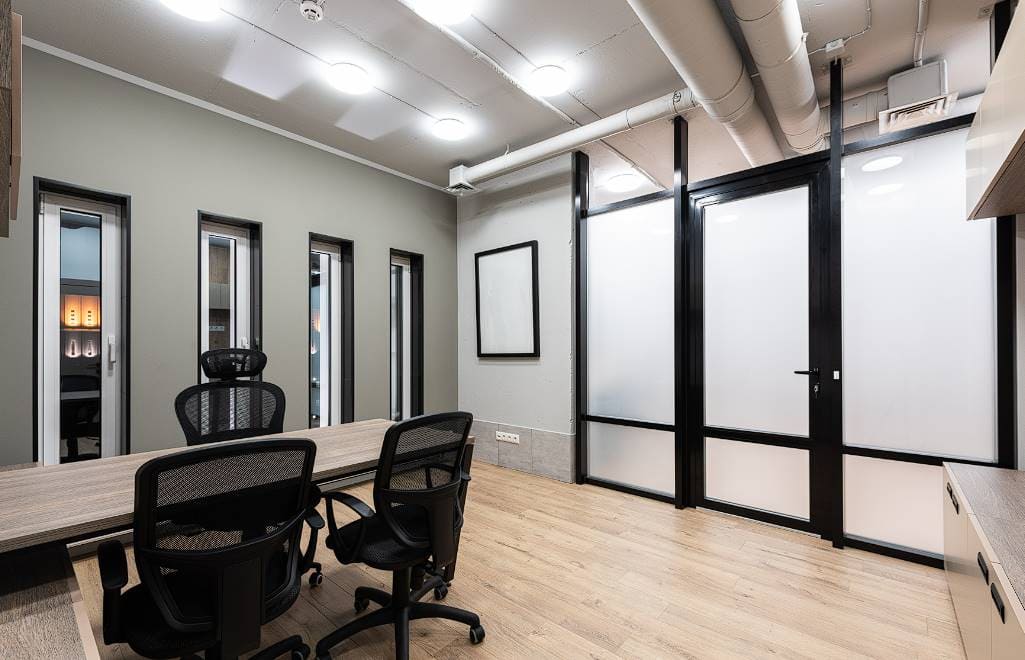
Benefits Of A Suspended Ceiling
The usage of suspended ceilings in business spaces has been widespread for decades. They're a fake ceiling built beneath an already-existing soffit to provide a flat surface and add other convenient features. This system, often known as "dropped ceilings," is frequently used in:
- Offices
- Hospitals
- Schools
- Shops
- Supermarkets
- Industrial Units
- Hospitals
Some people even install suspended ceilings in their homes, most frequently in the kitchen and the sunroom. Why, therefore, do people favour suspended ceilings? Explore the potential benefits of installing this commercial ceiling in your office.
Concealed HVAC Systems
The ability of a suspended ceiling to conceal things like HVAC units, electrical wiring, plumbing, and more is one of its primary advantages. Instead, the ceilings inside of buildings are finished in a sleek, hygienic manner. This has an effect on the aesthetics of their workplace and also speaks well of their company.
Sound Absorption
There are many critical reasons why suspended ceilings need to absorb sound. Some of the most crucial reasons for its importance are as follows:
- Noise reduction
- Speech clarity.
- Productivity and concentration.
- Privacy and confidentiality.
- Aesthetics and design.
- Compliance with building regulations.
Sound Insulation
A similar product, sound-insulating ceiling tiles, can construct a soundproof suspended ceiling. This panel is effective against sound attenuation and cuts down on echoing. This is one way to make a room more private and secure for sensitive business dealings.
Lighting
The lighting design can affect a space's aesthetic and practical value. Eye strain, exhaustion, and headaches are symptoms of poor illumination that can occur anywhere. As a result, employees may feel less at ease and less productive. Therefore, the maker of suspended ceiling tiles will often provide a light reflectance score in percentage form.
Fire Safety
Fire-resistant ceilings are mandatory in high-traffic public spaces like hallways and stairwells. The manufacturer will guarantee the system's durability for a certain time (often 30 or 60 minutes). After that, it measures the ceiling's ability to contain a heavy fire and stop it from spreading. Fire prevention is crucial; therefore, you should consult an expert if you have any questions.
Moisture Resistance
Suspended ceilings must have a high level of resistance to moisture. For a variety of purposes, including for aesthetics, soundproofing, and concealing utility lines, suspended ceilings (also known as drop ceilings or false ceilings) are frequently employed in a wide variety of structures and places. A grid system is used to secure the ceiling tiles or panels in place in these ceilings.
Suspended ceilings require moisture resistance because moisture can compromise the ceiling system's structural integrity and aesthetic appeal. Some of the many benefits of moisture resistance include:
- Preventing mold and mildew.
- Avoiding material damage.
- Preserving aesthetics.
- Ensuring long-term durability.
Some steps can be made to improve suspended ceilings' moisture resistance:
- Choose ceiling tiles, panels, and grid systems that can withstand moisture by reading product descriptions carefully. Waterproof or water-resistant characteristics are often built into the material during treatment or production.
- Creating a moisture-resistant barrier requires careful installation of the suspended ceiling, which includes following the manufacturer's instructions and using the recommended sealants and adhesives.
- In order to lessen the likelihood of condensation forming on the ceiling, it is important to ensure that there is adequate air circulation and ventilation in the area.
- Fixing water seepage and leaks requires routine inspections of the area above the ceiling suspension system. Don't let the ceiling become wet; fix any leaks immediately.
Air Quality
Pollutants and allergens in the air can be mitigated with the help of ventilation systems that are compatible with most suspended ceiling systems. Tiles made of metal mesh are also available to increase ventilation. The increased mesh promotes airflow, which is good for everyone's health and boosts morale, innovation, and output at work.
Hygiene
In hospitals, bio-coated ceiling tiles are the norm. These aid in keeping the office free of germs, mould, and yeast by preventing their growth. For less money, you can have tiles that can be wiped clean and are resistant to some cleaning solutions. This is the way to go if your company is committed to maintaining a spotless image.
Thermal Insulation
Suspended ceilings benefit greatly from thermal insulation for many reasons:
- Energy efficiency: Insulation between a building's interior and outside can significantly lower heating and cooling costs. It boosts the efficiency of the space by reducing heat loss in cold weather and heat gain in hot weather. A more pleasant indoor climate and reduced utility bills may result from this.
- Climate control: A more constant indoor temperature can be achieved with insulation in a suspended ceiling. It aids in forming a barrier that slows the transfer of heat, reducing the frequency and severity of temperature swings. This is especially significant in buildings where temperature and humidity regulation are very critical, such as workplaces, homes, and businesses.
- Sound insulation: Insulation in a suspended ceiling provides not only thermal benefits but also acoustic insulation. It aids in dampening the spread of ambient noise from other areas or outside sources. This is especially helpful in places such as hospitals, schools, and businesses where maintaining a quiet atmosphere is essential.
- Condensation prevention: Problems with ceiling condensation are less likely to occur if the ceiling is insulated. Condensation forms when warm and humid air contacts a cold surface. The insulating effect of the insulation decreases the risk of condensation accumulating on the ceiling surface. This helps to keep the suspended ceiling from deteriorating due to water leakage.
- Fire safety: Suspended ceilings often use thermal insulation materials, some of which are fireproof. In a fire, they can buy valuable time for rescue workers and firefighters by slowing the spread of flames. Having insulation resistant to fire is one way to make buildings safer from arson.
Accessibility
Now that you've hidden your HVAC equipment in the ceiling, how will you get to it if you ever need to? This shouldn't be an issue because most basic suspended ceiling systems allow straightforward access into the ceiling void. Instead of removing the entire ceiling to gain access, you may raise the tiles through the gridwork and set them back down again.
Energy Efficiency
Your monthly utility bills could decrease if you installed a suspended ceiling because of the improved insulation and lighting. Your operational costs will decrease, and your company's environmental impact will improve thanks to this change.
Installation
Suspended ceilings are the most simple to install among commercial ceiling types. In other words, this will speed up, simplify, and alleviate your work. In addition, it may help you save money on labour costs associated with building more complicated systems, and our suspended ceiling installation guide will ensure that you don't make any mistakes along the way.
Durability
A properly specified suspended ceiling may not need to be replaced for quite some time. However, we suggest replacing your mineral fibre tiles with metal ones if you want something more long-lasting. Steel construction ensures these will last a long time and provide an excellent return on investment.
Interior Design
We have over 220 unique suspended ceiling panel styles, accommodating virtually any design concept. In addition, you can customise a suspended ceiling in colour, size, shape, and perforation.
Cost Efficiency
Suspended ceilings might save you a lot of money over the long run. One of the many reasons that suspended ceilings (sometimes called dropped ceilings or fake ceilings) are so often used in commercial and residential construction is their low cost. Some examples of where suspended ceilings might save money:
- Affordability.
- Ease of Installation.
- Maintenance and Repairs.
- Integration of Services.
- Energy Efficiency.
- Aesthetics.
Maintenance
False ceilings require less upkeep. For example, if you find a broken ceiling tile, you can remove it from the grid without taking down the whole ceiling. Compared to other solutions like drywall ceilings, this makes repairs and replacements much faster and cheaper.
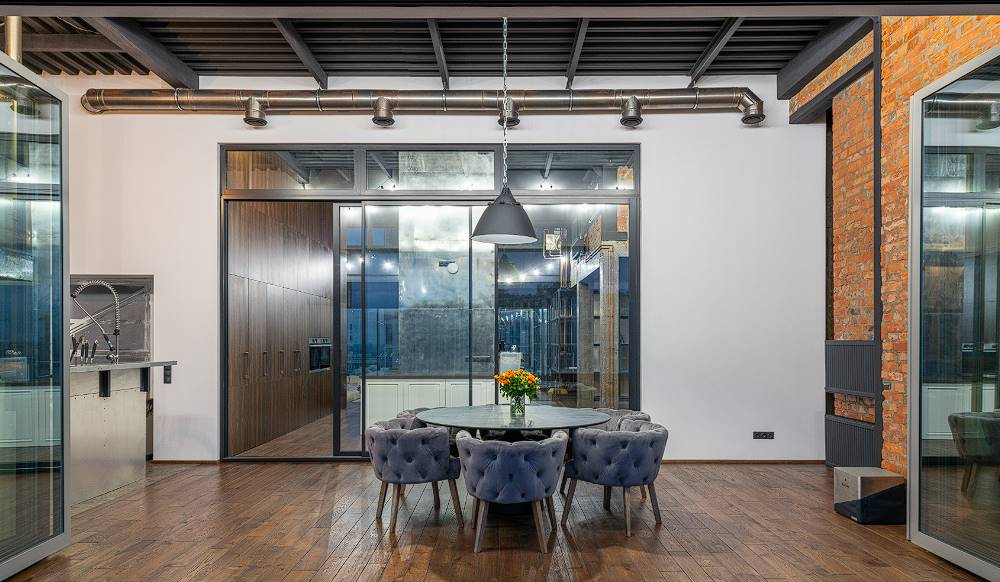
Sustainability
The recycled natural resources used to create mineral fibre ceiling tiles contribute to a greener construction process. Some producers also have programmes for recycling things after they've served their usefulness. Do not hesitate to call us if you have any questions or want to hear more about our commitment to sustainability.
Productivity
Finding the right suspended ceiling system for your office space is the first step towards reaping the system's many rewards. In addition, improving work quality and productivity for your company is possible by providing a more pleasant and stimulating work environment for your employees.
Affordability
Here at Plastering Services Melbourne, we have a comprehensive selection of suspended ceiling goods to meet the needs of our customers across a broad price range. There are ceiling tiles available at little cost that nevertheless guarantee a high standard of quality. Get the price of a suspended ceiling from us using our convenient online calculator.
Conclusion
Both aesthetically and practically, suspended ceilings are a smart choice for any building. Their modular design makes it simple to install amenities like fans, lighting, and outlets, and their ability to reduce noise pollution and improve acoustics are only two of the numerous advantages they provide. Many buildings, from houses to schools to hospitals to offices, rely heavily on suspended ceilings for a variety of reasons. You may choose from a wide variety of materials, patterns, and finishes to create a unique look and feel in your room while also concealing unattractive infrastructure like ducts, pipes, and wires. Greater utility, comfort, safety, and productivity are just some of the additional upsides to installing a suspended ceiling.
They find widespread application in a variety of settings, including offices, classrooms, stores, supermarkets, factories, clinics, and residences. They are an attractive, sanitary choice due to their ability to conceal unsightly mechanical and electrical components. Noise reduction, echo cancellation, and enhanced speech intelligibility are among the benefits of sound absorption. Noise abatement, productivity, privacy, secrecy, beauty, and code compliance are just few of the many benefits of installing a suspended ceiling. Suspended ceilings have many benefits, including soundproofing, lighting, fireproofing, and resistance to dampness.
Ceilings that can withstand fire are required in public areas with heavy foot traffic, and ceilings that can withstand dampness are useful for aesthetics, soundproofing, and hiding utility lines. There are ways to increase a suspended ceiling's resistance to moisture. To establish a moisture-resistant barrier, select ceiling tiles, panels, and grid systems that are resistant to water. If you want to make sure there's enough ventilation and air flow in your space, you should check the region above the ceiling suspension system on a regular basis. There are options for cleaning the air of contaminants and allergies, such as ventilation systems and bio-coated ceiling tiles.
Bio-coated ceiling tiles and thermal insulation help keep the space clean. The article focuses mostly on the advantages of a suspended ceiling and how to install one. Among these advantages are savings in energy usage, temperature regulation, noise reduction, moisture retention, fire protection, ease of access, longevity, aesthetics, and finances.
Thermal benefits, acoustic insulation, condensation prevention, fire safety, accessibility, energy efficiency, durability, interior design, and cost-effectiveness are just few of the many advantages of installing insulation in a suspended ceiling. Soundproofing, avoidance of condensation, fire protection, ease of access, energy savings, durability, aesthetics, and lower costs are all benefits of insulating a suspended ceiling. Soundproofing, avoidance of condensation, fire protection, ease of access, energy savings, durability, aesthetics, and lower costs are all benefits of insulating a suspended ceiling.
Content Summary
- Suspended ceilings are growing in popularity for their aesthetic value and practical benefits.
- They are a good investment for both homes and businesses.
- Suspended ceilings provide easy accessibility for maintenance and repairs on electrical wiring, plumbing, and air conditioning systems.
- They help reduce noise pollution and enhance room acoustics.
- The modular construction of suspended ceilings allows for easy customisation with features like fans, lights, and outlets.
- They can improve the look, usefulness, and overall value of a space.
- Suspended ceilings hide unsightly infrastructure like ducts, pipes, and wires, making a room look better.
- They offer various materials, patterns, and finishes to suit individual preferences and space requirements.
- Suspended ceilings improve a room's acoustic qualities by incorporating sound-absorbing materials.
- They enhance speech clarity and reduce echoes.
- Suspended ceilings simplify maintenance and updates, making it easy to combine lighting, air vents, sprinklers, and other HVAC components.
- Certain ceiling tiles provide excellent thermal insulation, which can help save energy and reduce utility bills.
- Suspended ceilings with fire barriers add an extra layer of safety and allow quick access for inspections and repairs in case of a fire.
- They are commonly used in offices, hospitals, schools, shops, supermarkets, industrial units, and homes.
- Suspended ceilings can conceal HVAC units, electrical wiring, plumbing, and other infrastructure, improving the aesthetics of a workplace.
- They contribute to noise reduction, speech clarity, productivity, concentration, privacy, and compliance with building regulations.
- Sound-insulating ceiling tiles can create a soundproof environment for sensitive business dealings.
- Lighting design can be improved with suspended ceilings to provide better illumination and reduce eye strain.
- Fire-resistant suspended ceilings are mandatory in high-traffic public spaces for safety.
- Moisture resistance is essential for suspended ceilings to prevent damage, mould, and mildew.
- Ventilation systems compatible with suspended ceilings help improve air quality by reducing pollutants and allergens.
- Bio-coated ceiling tiles in hospitals prevent the growth of germs and aid in maintaining a clean environment.
- Thermal insulation in suspended ceilings improves energy efficiency, climate control, and sound insulation.
- Insulation also helps prevent condensation and enhances fire safety.
- Most suspended ceiling systems allow easy accessibility to hidden infrastructure for maintenance purposes.
- Installing suspended ceilings can lead to energy efficiency and reduced utility costs.
- Suspended ceilings are easy to install, saving time and labour costs.
- They are durable and can last a long time, providing a good return on investment.
- Suspended ceilings offer a wide range of panel styles and customisation options for interior design.
- They are cost-effective in terms of affordability, installation, maintenance, repairs, integration of services, energy efficiency, and aesthetics.
Frequently Asked Questions
Absolutely! Suspended ceilings come in a wide range of styles, designs, and finishes, allowing you to customise the look of your space. They can transform a plain or outdated ceiling into a visually appealing element, adding depth and character to any room.
Yes, suspended ceilings can contribute to better indoor air quality. By using acoustical ceiling tiles with built-in sound-absorbing properties, suspended ceilings can help reduce echoes and improve sound quality. Additionally, some ceiling tiles are designed to be mold-resistant and have antimicrobial properties, promoting a healthier environment.
Suspended ceilings can be environmentally friendly, especially when using tiles made from recycled or sustainable materials. Additionally, their energy-saving capabilities contribute to reducing overall energy consumption, making them a more eco-friendly option for building interiors.
Absolutely! Suspended ceilings offer a high level of customisation to meet specific design requirements. From different tile shapes and sizes to a wide range of finishes and textures, suspended ceilings can be tailored to match the desired aesthetic and functional needs of a space.
Yes, suspended ceilings are designed to be durable and long-lasting. Made from materials such as mineral fibre, metal, or gypsum, they are resistant to wear, moisture, and sagging. With proper installation and maintenance, suspended ceilings can maintain their functionality and aesthetic appeal for many years.



